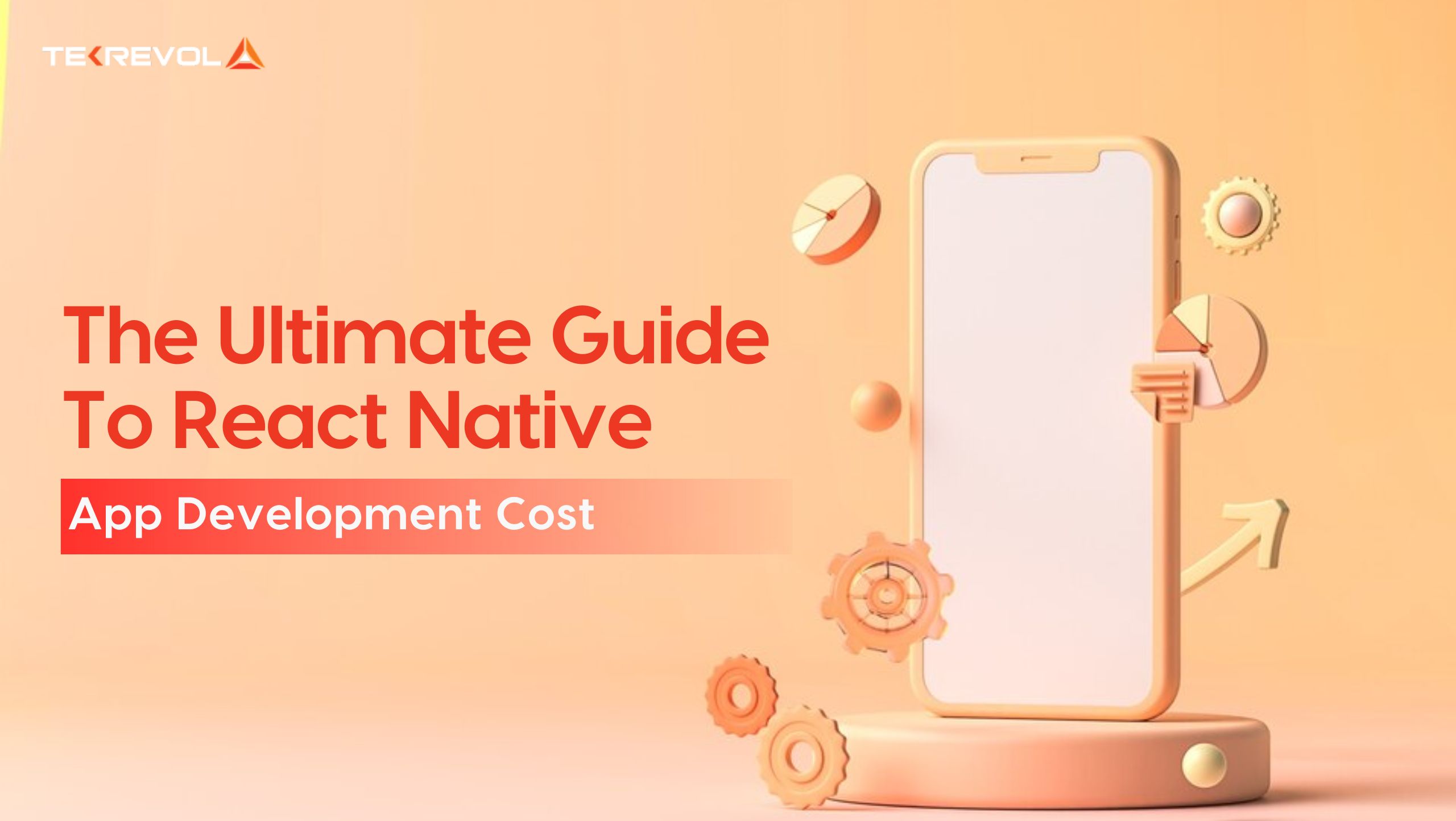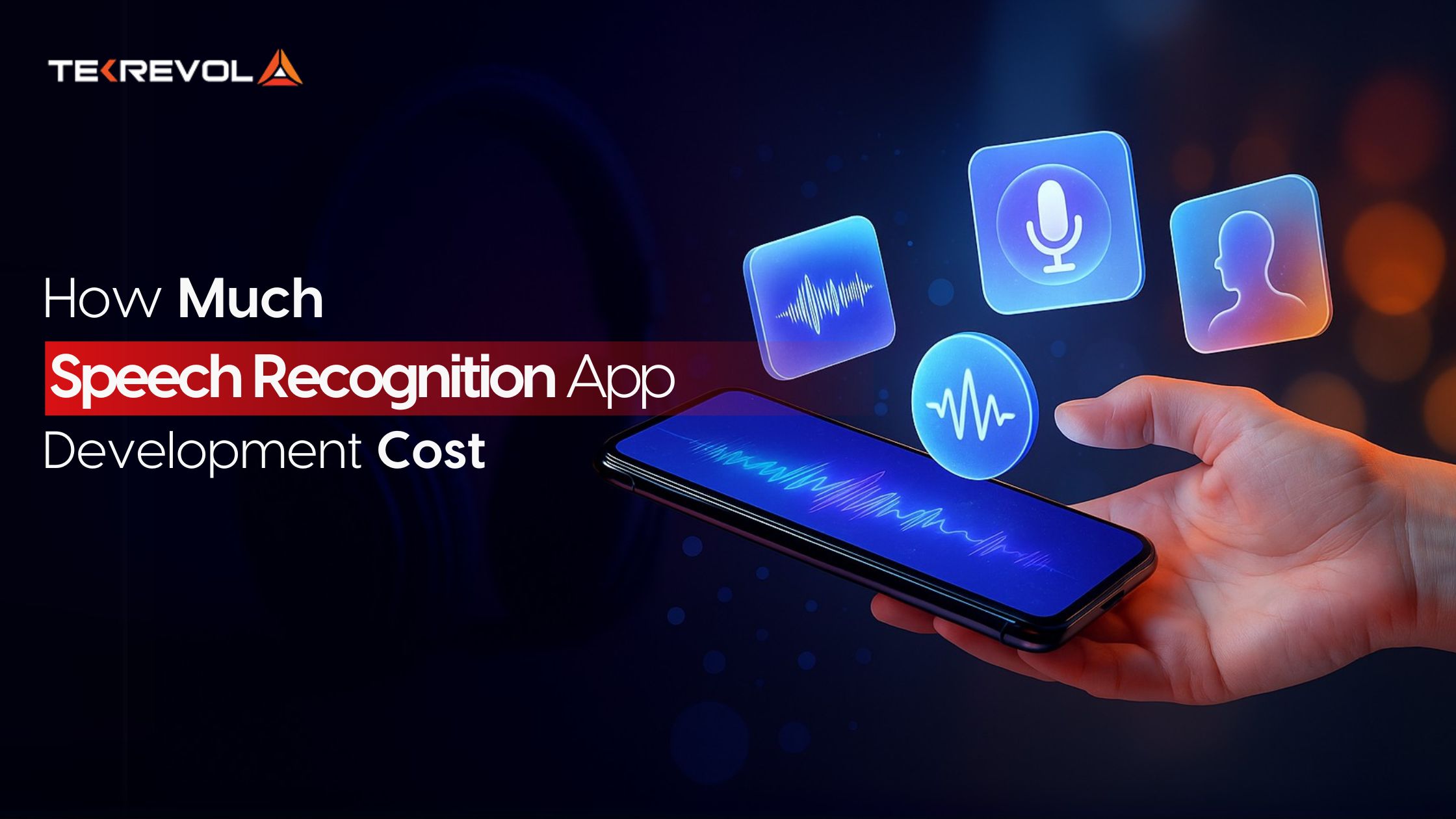Building an app today isn’t easy or cheap, and understanding app development cost is crucial. According to Statista, the mobile app market will hit $585.7 billion in 2025, growing nearly 9% from the previous year. That growth pushes demand and budgets for apps featuring AI, payments, or real‑time tools.
On average, a moderately complex app now costs between $50,000 and $150,000 to build, with enterprise solutions reaching over $300,000. Your final bill depends on platform choice, features, design depth, and integration needs.
This guide to an app development cost breakdown. What drives your costs: platforms, frameworks, dev time, and ongoing fees. We’ll chat about native vs hybrid apps, store commissions, and hidden extras like security and maintenance. Keep it simple, stay within budget, and build something that lasts.
How Much Will App Development Cost?
A basic app with core features costs around $40,000, while complex apps average $170,000+, depending on your timeline and expectations. The app development costs depend on the project’s size, tech stack, design depth, and development location.
If you’re adding features like real-time chat, payment gateways, or AI tools, expect your budget to stretch. Here’s a quick snapshot to break down mobile app development costs:
| App Type | Estimated Cost (USD) | Development Time | Development Time |
| Simple App | $5,000 – $50,000 | 2 – 4 months | Login, profile, basic UI |
| Mid-Level App | $50,000 – $120,000 | 4 – 8 months | Payments, API integration, and real-time chat |
| Complex/Enterprise App | $120,000 – $300,000+ | 8+ months | AI, multi-language, advanced backend |
Factors Affecting App Development Costs
It’s essential to understand the full scope of the cost of developing apps and plan your budget accordingly before taking on such a project. There are many different contributing factors to consider that will affect the cost of building an app.
1. App Complexity
The more complex the app, the higher the price tag. For example, a banking app will be significantly more complex because of all the security protocols and integrations than a social networking app. This directly impacts your app development cost from design to testing.
2. Platform Choice
iOS, Android, or both? Native development often costs more than cross-platform due to separate codebases. This decision significantly affects your mobile app development cost.
3. Features and Integrations
Adding features like GPS, chat, payment systems, or third-party APIs increases the scope. Each feature needs backend support, more testing, and security layers. All of this adds up in your app development cost breakdown.
4. Design Requirements
Custom UI/UX means more hours on wireframing, prototyping, and refinement. Apps with animations or unique branding tend to cost more. Clean design isn’t cheap, but it pays off in user retention.
5. Team Location
Hiring US-based developers costs more than outsourcing to Eastern Europe or Asia. However, high-cost teams often bring better communication and quality. Team location remains one of the biggest app development cost factors.
6. App Maintenance Plan
The expense doesn’t stop once the app has been launched. You will have to provide ongoing technical support, bug fixes, optimizations, new features, and compatibility updates, which will incur additional costs. Apple delisted over 45,600 apps from the App Store in June 2025, as part of a broader cleanup that removed 46,300 apps from Google Play and 45,685 from the App Store due to non-compliance or inactivity.
Platform and Its Impact on App Development Costs
Your app’s platform is one of the biggest factors that influence development costs. Choosing between iOS, Android, web, or hybrid apps directly affects your project’s budget, timeline, and required tech stack.
Let’s break down the app development cost for each type of platform.
iOS vs Android
The cost of developing an app for Android is slightly lower than that for iOS. Why? Swift (used for iOS) is cleaner and requires fewer lines of code than Java or Kotlin (used for Android). That means less time writing and debugging. But Android has a larger market share in the US, which might make it worth the extra cost, depending on your target audience.
Average cost per platform
- iOS App: $20,000 – $80,000
- Android App: $25,000 – $85,000
Web Apps
If you’re looking for a more budget-friendly route, web apps are often the way to go. They’re accessible through browsers, use familiar coding languages like HTML5, JavaScript, and CSS, and don’t require approval from app stores. But keep in mind they’re limited in terms of performance and offline functionality.
Estimated web app development cost: $10,000 – $60,000
Hybrid Apps
Hybrid apps are a middle ground. They’re built using cross-platform frameworks like Flutter or React Native and work on both iOS and Android with one codebase. This can cut your mobile app development cost significantly while still delivering a native-like experience.
Hybrid app development cost breakdown: $30,000 – $120,000
Pro Tip: If you’re targeting both iOS and Android, hybrid or Flutter app development might reduce your app development cost by 30–40%.
Cost-Saving Frameworks and Tools That Impact App Development Cost
Using the right frameworks and tools can significantly reduce your app development cost. Here are some of the most popular and budget-friendly options to consider:
Flutter
Flutter is Google’s open-source SDK that lets you build mobile, web, and desktop apps using a single codebase. This makes it highly time- and cost-efficient. On average, using Flutter can reduce mobile app development cost by 30% to 40% (Source: Google Developers).
React Native
Built on the popular JavaScript library, React Native allows fast development with a wide talent pool. It’s ideal for startups looking to reduce app development costs without sacrificing performance. JavaScript’s flexibility also keeps developer costs relatively low.
Xamarin
Xamarin lets developers use C# to build cross-platform apps for Android and iOS. It’s especially useful for hybrid apps and helps streamline the app development cost breakdown by minimizing redundant coding.
No-Code Tools
No-Code tools like Appy Pie, GoodBarber, and Thunkable are gaining popularity due to their ease of use and low cost. They allow users to build apps from templates. If your app doesn’t need complex features or custom backend work, no-code tools might be all you need. They offer a solid solution for MVPs, internal tools, or customer-facing apps. In these cases, the app development cost remains minimal without compromising on delivery.
Hidden Costs
Finally, the one thing you need to look out for are the hidden costs that may pop up along the way. These hidden costs include:
- App store fees – There is a fee associated with hosting your app on the Apple App Store and the Google Play Store. Apple charges individuals $99 and businesses $299 in annual fees, while Google charges a one-time $25 to submit an app.
- Marketing and promotion – Often, businesses exhaust all their budget in developing an app and fail to promote the app, which can result in underwhelming performance numbers, defeating the purpose of the endeavor.
- Customer support – Ongoing support will definitely be an additional cost for the business, and it can quickly multiply depending on the number of users.
- Security and compliance – With time, you will need to update and maintain the app to adapt to the changing security requirements and regulations, which will incur additional costs.
It is also important to note that if your app includes in-app purchases, the platforms charge a commission on each purchase. Apple charges 30% on all in-app purchases. Whereas, Google charges 15% on the first $1 million in annual developer earnings, then 30% beyond that.
These commissions don’t introduce any costs to the business since they are deducted from the payment for the in-app services or features, but it’s important to price your purchases accordingly to make your in-app purchases worthwhile for you and the users.
Conclusion
There are various expenses that factor in the cost of developing apps, including the complexity and functionality of your app, the platforms you are developing the apps for, the framework you use, and the hidden cost associated with hosting and maintaining the apps.
To make sure that you have a clear plan and budget before you embark on the project, you would need to do your research on the costs associated with each step and familiarize yourself with the various expenses included in the process. You would also need relevant information to determine the most cost-effective approach to keep app development costs as low and profitable as possible.



![Mobile App Development Cost In Dubai [2025 Guide]](https://d3r5yd0374231.cloudfront.net/images-tek/uploads/2024/02/tekRevol_feature_image_cost_in_dubai.webp)







